In the world around us, there is no problem of the disposal of biological waste. Millions of years of the existence of all life forms on the planet have developed optimal mechanisms for the destruction of unnecessary or dead organics. In ecosystems, this organic matter is included in the cycle of substances in nature. But with the advent of man, the development of his economic activity, the load on the natural system of disposal of biological waste exceeded its capabilities. That is why the issues of proper destruction of organics of plant and animal origin are not at all idle.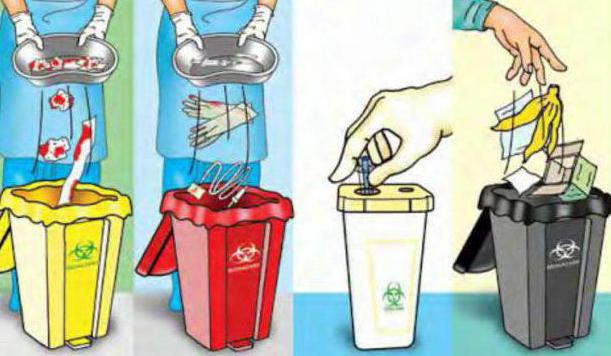
This is not a new problem
The problem of accumulation and destruction of waste and waste production is one of the oldest in the history of mankind. All ancient settlements and cities are in landfills. Medieval Europe, having lost the majority of citizens due to the “dirty hands disease” and sewage streams in the streets of their cities, earlier less populous Russia began to solve the problem of waste storage and sanitary disposal. At the present stage of human development, when there are much more types of waste, the main goal of their treatment is to prevent their harmful effects on human health and the environment. Sanitary and epidemiological status has become a priority in the waste management industry.
Some statistics
The current growth rate of waste is associated not only with an increase in the population, but with a change in our income and lifestyle. According to statistics, per inhabitant of the planet accounts for from 0.5 to 2 kilograms of various waste per day. Our country generates up to 4 billion tons of waste per year. Of these, about 3 billion industrial waste, up to 40 million municipal solid waste, and the rest is biological waste. And it is the latter that represent the most dangerous group associated with the real threat of the spread of infectious diseases.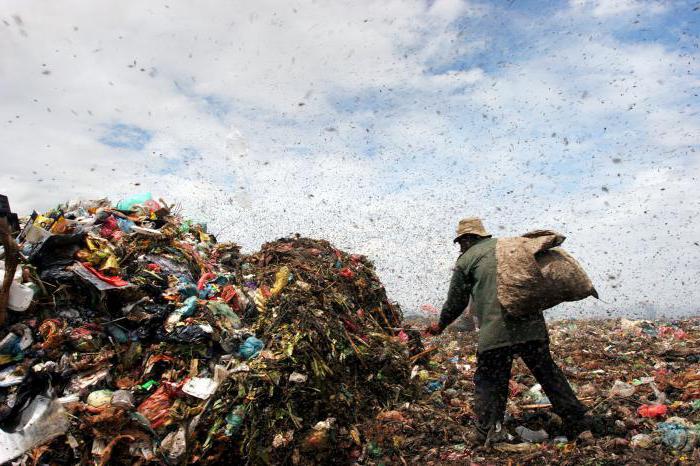
Regulatory aspects
In accordance with GOST No. 30772-2001 “Resource Saving. Waste management. Terms and definitions ”, biological waste - this is all the waste of medical and veterinary practice, medical and biological experiments, the death of domestic animals. They include waste from the processing industry associated with raw materials of animal and vegetable origin. The rules for the collection, disposal and destruction of biological wastes, their transportation and disinfection are determined by order of the chief state inspector of the Russian Federation dated 04.12.1995 No. 13-7-2 / 469. Controlling functions are performed by the Federal Service for Veterinary and Phytosanitary Surveillance (Rosselkhoznadzor). And the main document regulating this industry is the law of the Russian Federation “On Veterinary Medicine” 07.24.2015.
Classification of waste of biological origin
All wastes of this category are divided into groups and hazard classes, namely:
- Corpses of animals (domestic and wild). Including abortive and stillborn material.
- Veterinary confiscation (products of animal origin that have not passed the veterinary and sanitary examination).
- Biological waste from the sphere of processing of raw materials.
- Wastes from livestock farms, poultry farms, fish processing industries.
The destruction of biological waste of the first hazard class (stillborn and fallen domestic or laboratory animals) is mandatory and is carried out exclusively through incineration, burial, disinfection.
Wastes of the second hazard class (body parts, remnants of infectious compartments, excretion of people and animals infected with viruses, and so on) may involve secondary use.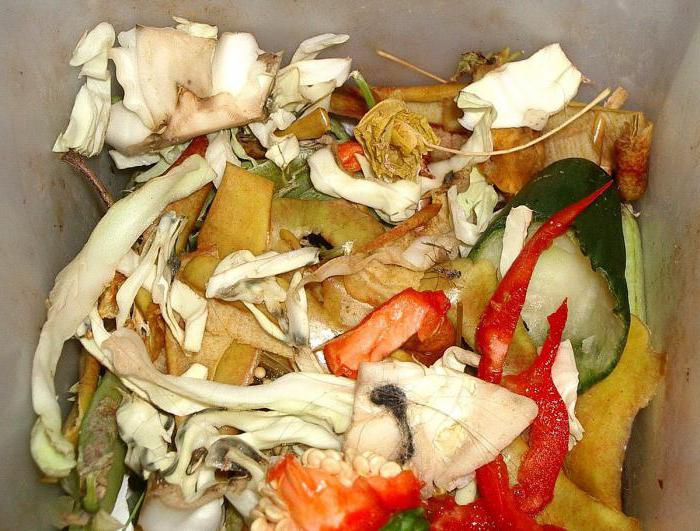
Where do they come from
Hospitals and clinics, veterinary clinics and laboratories, vivariums and zoos, agricultural enterprises - all these are objects of production of waste of biological origin. In the absence of proper destruction and violation of the rules for the disposal of biological waste, their accumulation in landfills of domestic waste can become a source of epidemiological outbreaks, the spread of which is facilitated by rodents and insects.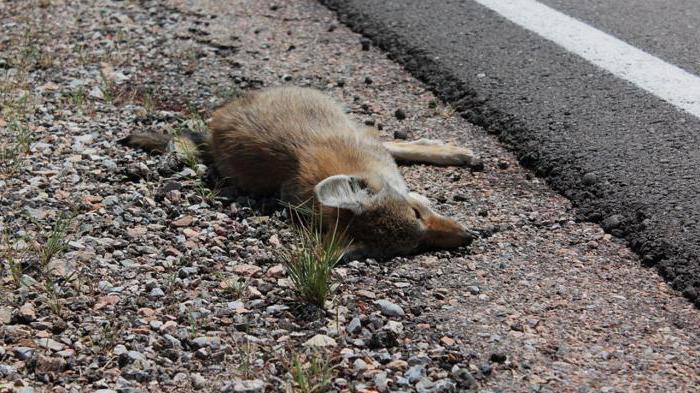
Class A, B and C biological waste
A less common classification of biological waste is associated with its potential hazard. Potentially radiation hazardous waste (A), toxicologically and epidemiologically hazardous (groups B and C) are isolated. The last two classes include waste that can be infected with dangerous viruses (for example, anthrax or SARS). Failure to dispose of these biological wastes leads to periodic epidemics of deadly diseases in the world. Any owner of the territory should know that if he has discovered the remains, then within 24 hours he must contact the veterinary supervision with a request for a decision on the method of disposal of the remains. Otherwise, he may be held administratively liable.
Disposal of biological residues
Veterinary sanitary institutions have developed rules for the collection of biological waste with their subsequent disposal. Specialized utilization enterprises are required to conduct such events. Disposal methods - cremation or removal to the territory of cattle cemeteries or cemeteries. This issue is especially acute in areas with developed livestock. Private farmers continue to carry out independent landfill, which is completely unacceptable. In addition, do not forget about the recycling of this material (for example, for livestock feed).
Dangers of improper disposal
Bio-waste is not as safe as it seems. In addition to administrative consequences, there are more serious threats. Biogas formed during decomposition can cause dizziness, nausea, and even death. Separately, you should remember about potential diseases that can be spread by airborne droplets and various carriers (stray animals, rats, mice, cockroaches, flies). Outbreaks of rabies and plague among domestic dogs and cats are a vivid confirmation of the need for a proper attitude to biological waste.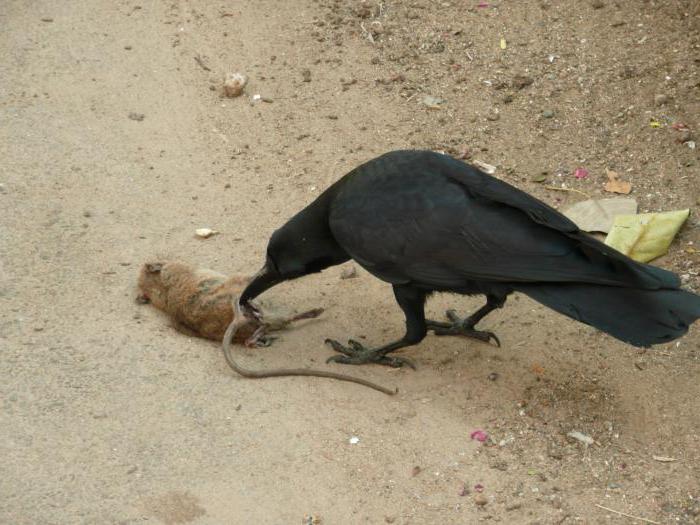
Ways of processing - the second life of waste
Modern technologies offer an economic solution for the disposal of biological waste. There are two main ways:
- Extrusion. This is a process of processing with water, thermal, mechanical processing of biomaterial. So get meat and bone and fish meal, dry food for birds and animals.
- Biotechnological conversion. This is the process of processing biomaterial into ethanol, hydrocarbons, biogas.
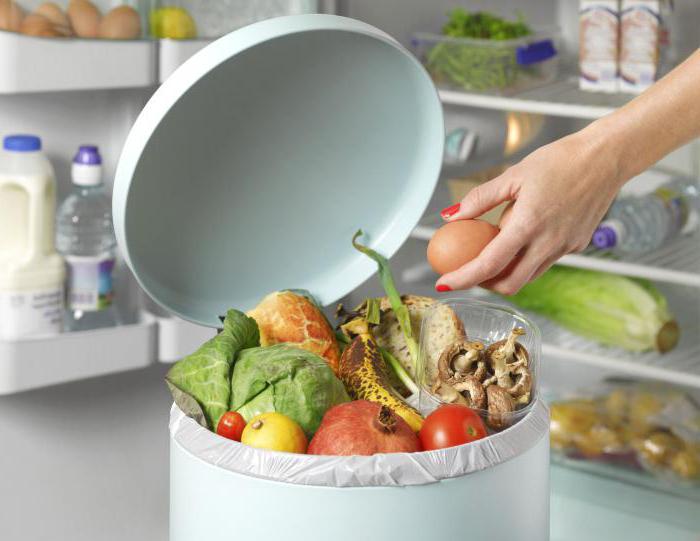
The future is in bioremediation
That's right, from bio - life and remedio - treatment, it is called the use of various microorganisms for the disposal and neutralization of products of organic origin. The essence of the method is to introduce microorganisms into the environment of the consortium (community), create a favorable environment for their life. As a result of microbiological activity, dead organics are absorbed and processed with the formation of carbon dioxide, water and humus. The advantages of this method are obvious:
- Non-destructive in relation to the environment.
- Purposeful and dosed application.
- High speed and efficiency.
- Environmental safety and control.
Biotechnologies, bioengineering and stepwise selection are the sources that provide material for the development of this direction.